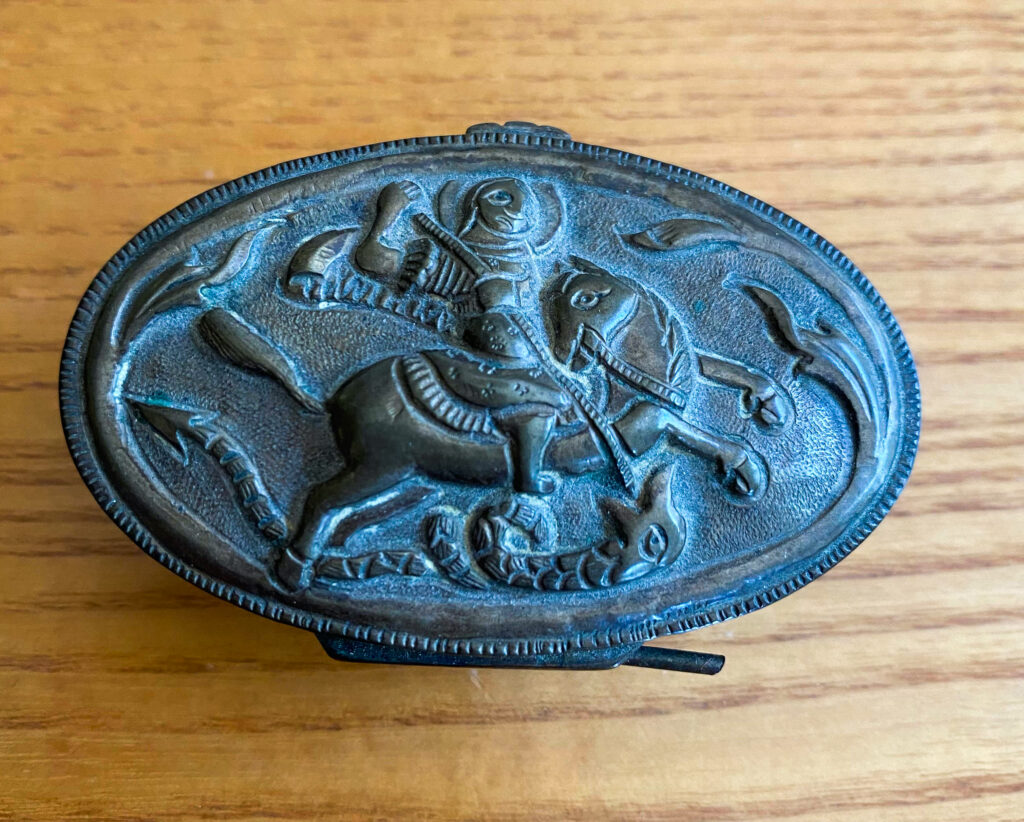
Even though she had already sold most of her valuables to help her husband flee to Greece, Elisavet Alsanoglou still managed to bring with her a few objects which carried significant emotional or practical value. Eventually, what was handed down to her daughter, Maria, was a sewing machine, some kilim rugs, and a small silver box with the icon of Agios Georgios. These objects are today in the possession of Elisavet’s granddaughter, Martha Karpozilou.
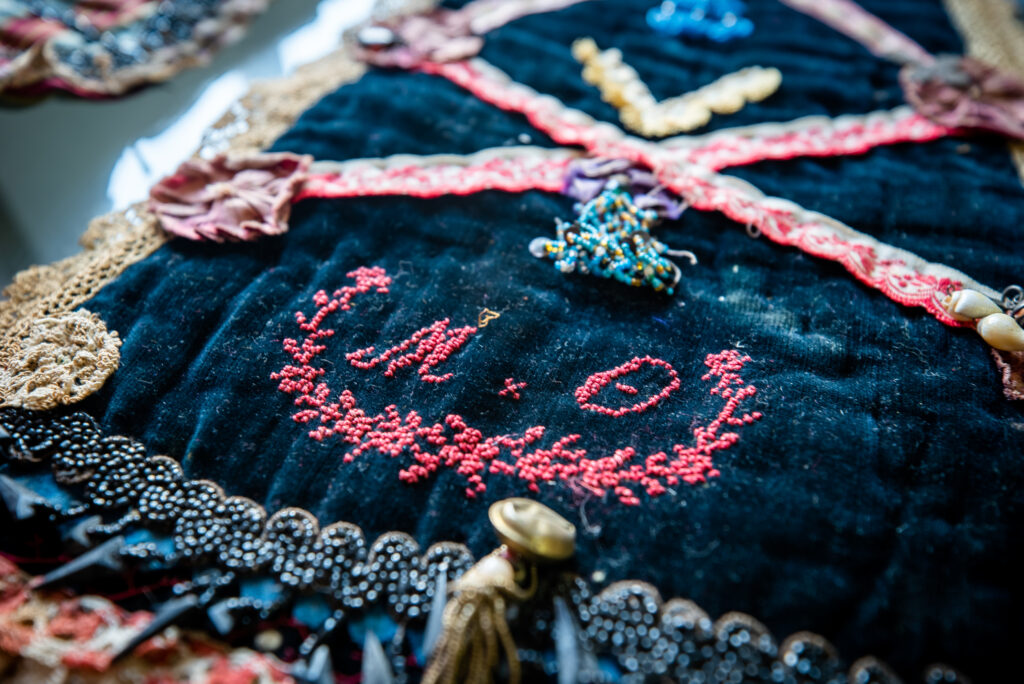
The ‘archaletsi’ could be plain or decorated, adorned with patterns, embroideries, charms, beads or other ornaments. The fact that these shoulder covers were detachable and were worn every day allowed their makers to create elaborate versions that could act as accessories to the traditional women’s outfit which was usually quite conservative in its use of colour and pattern.

The young women of Sinasos went to the water pumps to fill their clay pots with water for everyday household use. To protect the shoulders of their painstakingly constructed outfits from wear, they placed an ‘archaletsi’ over their right shoulder, a handmade cloth cover which they had usually made themselves.
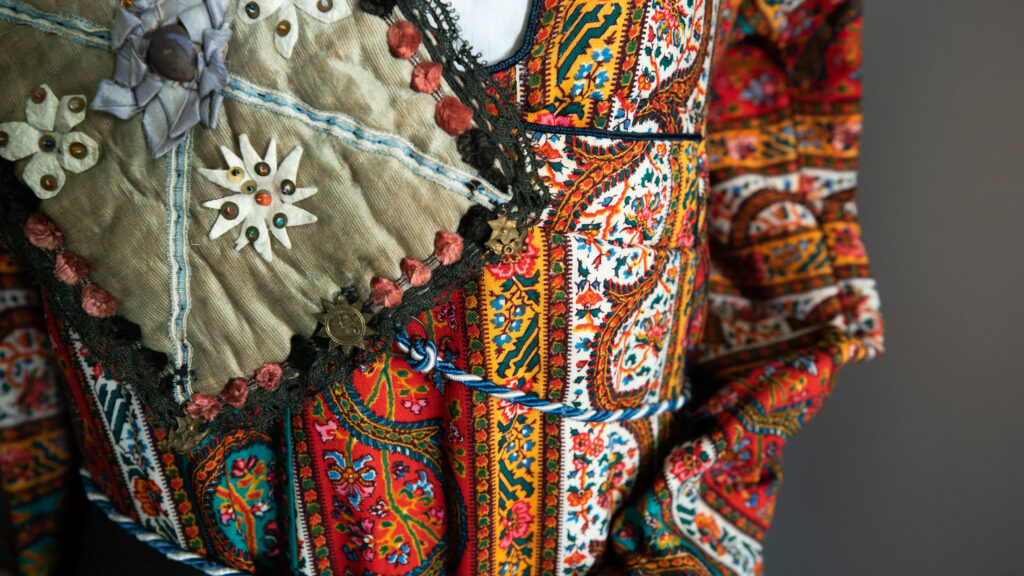
The women of Sinasos did not dance in public spaces, but only during private feasts in their homes and always accompanied by their fathers or husbands. During these feasts or other formal functions and celebrations, they would wear their ‘special’ traditional outfit, their version of formal wear.
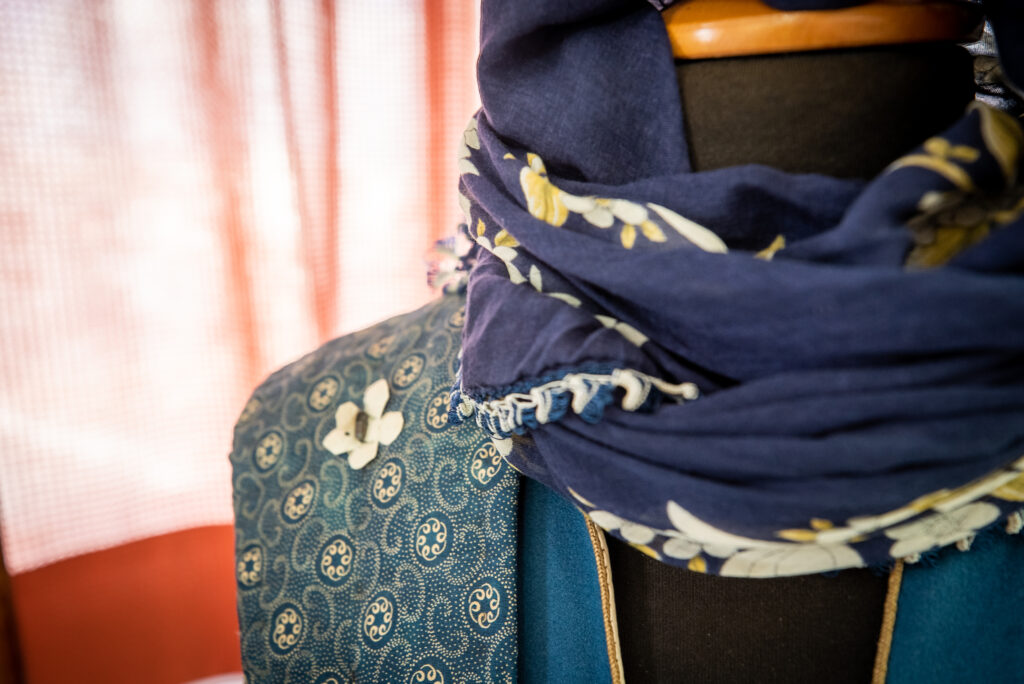
In October 1924, the women of Sinasos brought their traditional outfits with them to Greece, as they considered them highly valuable both from a material and a sentimental standpoint. Some women even wore them during their first years in Greece before they were ‘hidden’ in closets for years to eventually be donated, usually by descendants, to the ‘Nea Sinasos’ Association Museum, where they are still kept to this day.
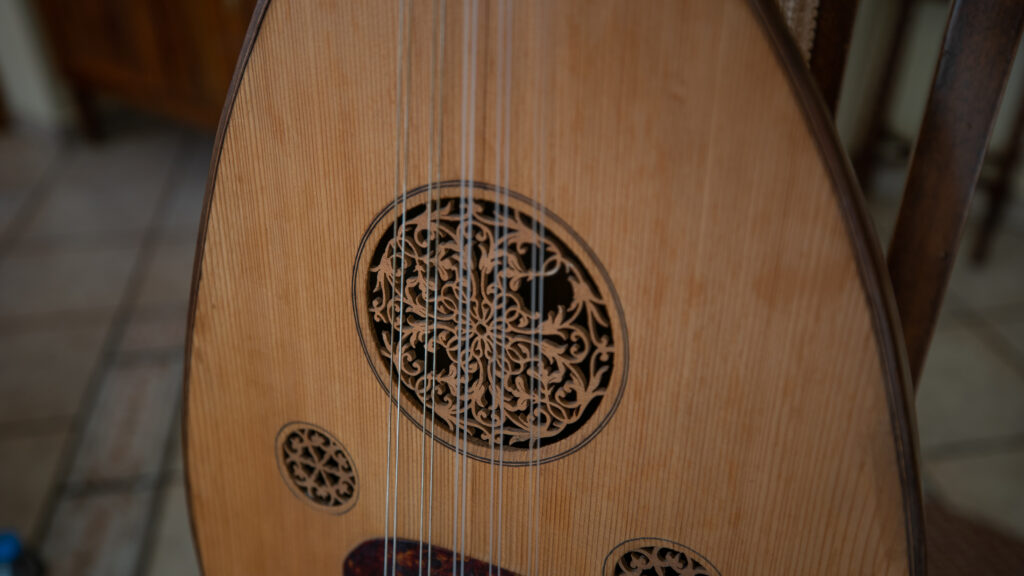
Vasilis Kaptanoglou was born in Prokopi, Cappadocia, in 1907. At the beginning of 1922, he arrived in Piraeus with his mother and stayed in a makeshift shack in Tampouria with his brother’s family, who had arrived a few months earlier. Throughout his life, he never stopped playing the oud, the same one he had brought with him from Prokopi.





